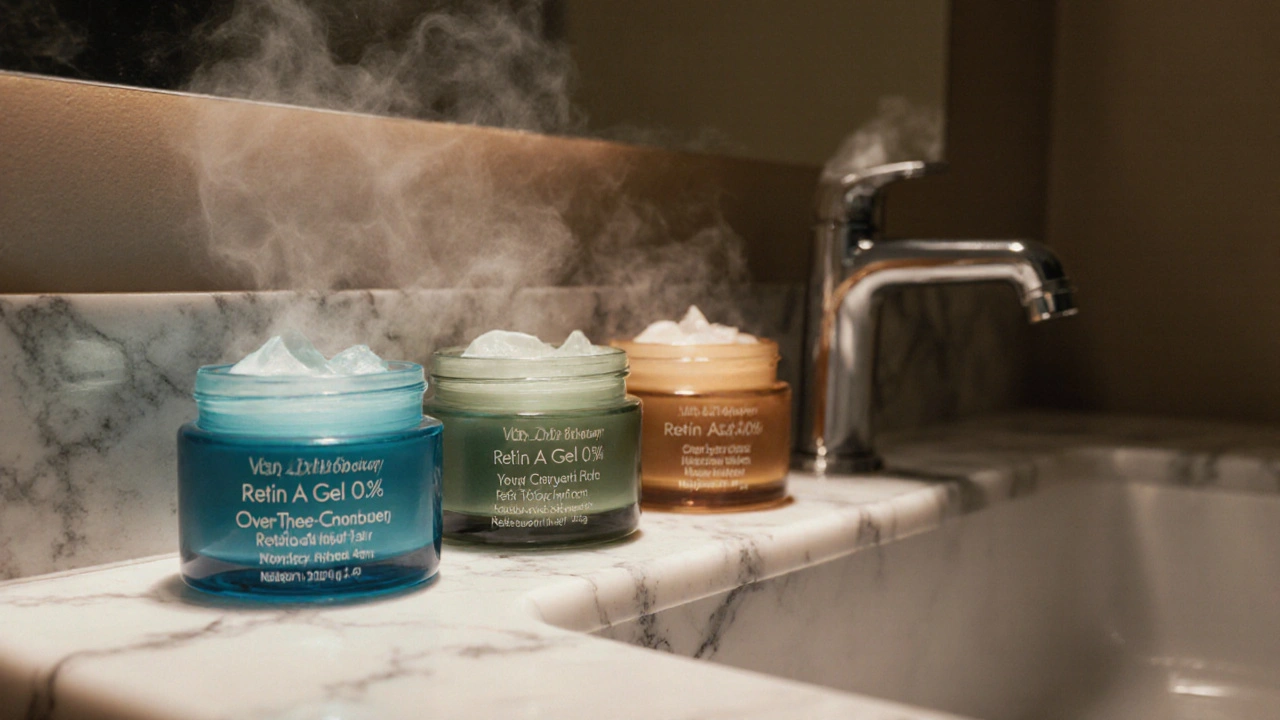Tretinoin: Acne, Anti‑Aging & Retinoid Insights
When you hear Tretinoin, a prescription‑strength topical retinoid used to clear acne and smooth fine lines. Also known as Retin‑A, it works by speeding up skin cell turnover and lowering inflammation. Retinoids are a family of vitamin A derivatives that include tretinoin, adapalene and tazarotene; they all influence how quickly skin renews itself. Acne is one of the most common reasons people start a retinoid, because the faster shedding of dead cells helps keep pores clear. The same cellular boost also tackles anti‑aging concerns, softening wrinkles and evening skin tone. In short, tretinoin encompasses acne treatment, requires consistent nightly use, and influences overall skin health.
Because retinoids affect every layer of the epidermis, they’re a staple in dermatology clinics worldwide. You’ll often see doctors pair tretinoin with gentle moisturizers to offset the initial dryness. If you’re new to retinoids, start with a low concentration (like 0.025% or 0.05%) and build up as your skin adapts. Many users notice a mild irritation phase that usually fades after two to four weeks – that’s the skin adjusting, not a sign you’re doing something wrong. For those who can’t tolerate tretinoin, alternatives such as adapalene or over‑the‑counter retinol offer similar benefits with milder side effects.
What’s Covered in This Collection?
Below you’ll find a mix of side‑by‑side comparisons, practical how‑tos, and deeper dives into specific tretinoin topics. From a detailed look at tretinoin 0.05% versus other retinoids, to tips on managing the early irritation phase, the posts answer the most common questions people have when they start a retinoid regimen. Whether you’re battling stubborn breakouts, aiming to smooth fine lines, or just curious about how tretinoin stacks up against newer ingredients, the list gives you actionable insights you can apply right away.
Ready to see how tretinoin fits into your skin‑care routine and which alternatives might suit you better? Browse the articles below – you’ll get clear tables, FAQs, and real‑world advice to help you decide the best path forward.

Retin A Gel 0.1 vs. Top Retinoid Alternatives - Complete Comparison
- Sep, 27 2025
- Daniel Remedios
- 20 Comments
A side‑by‑side comparison of Retin A Gel 0.1% tretinoin with top alternatives, covering efficacy, irritation, cost, and how to choose the right retinoid for your skin.
